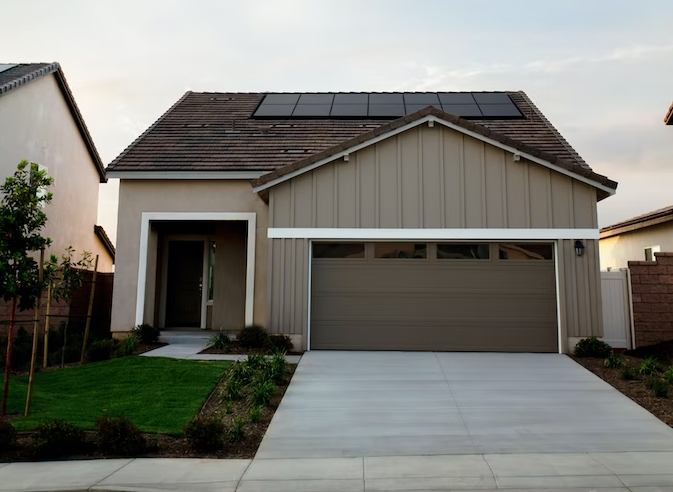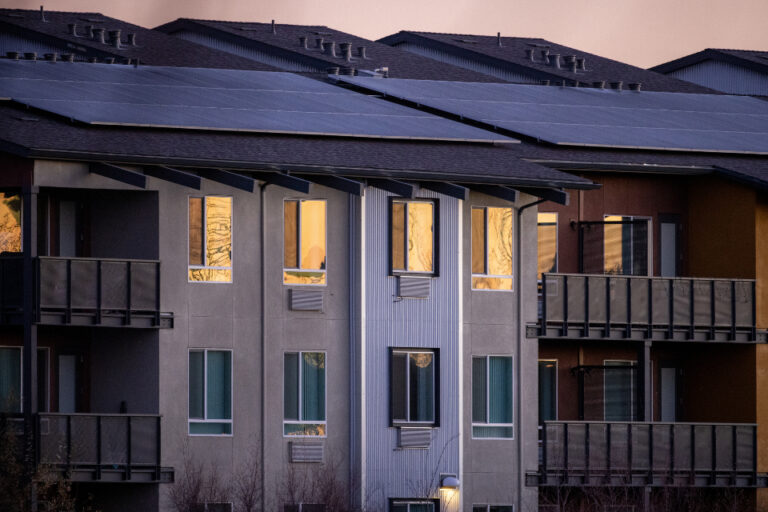A Step-by-Step Guide to Rhode Island Solar Panel Permitting Process
Installing solar panels in Rhode Island requires obtaining the necessary permits to ensure compliance with local regulations and building codes. In this comprehensive guide, we will walk you through the step-by-step process of obtaining solar panel permits in Rhode Island. By understanding the permitting process, you can navigate the requirements smoothly and proceed with your solar installation confidently.
1. Research Local Regulations:
Before starting the solar panel permitting process, research the specific regulations and guidelines applicable to your location within Rhode Island. Contact your local building department or visit their website to gather information on permit requirements, setbacks, size limitations, and any other regulations that may apply.
2. Determine Required Documentation:
Identify the documentation needed for your solar panel permit application. This typically includes building plans, electrical diagrams, specification sheets for the solar panels and inverters, and a site plan showing the intended location of the panels on your property. Prepare these documents in advance to streamline the permitting process.
3. Engage a Qualified Solar Installer:
Working with a qualified and experienced solar installer is crucial for a successful permitting process. They will be familiar with the local regulations and can assist in preparing the necessary documentation, ensuring compliance, and submitting the permit application on your behalf.
4. Submit Permit Application:
Complete the permit application accurately and include all required documentation. Double-check that all information is provided and any necessary fees are paid. Submit the application to the appropriate building department or permitting authority as outlined by your local regulations.
5. Review and Approval Process:
Once the permit application is submitted, it undergoes a review process by the building department or permitting authority. This may involve inspections, plan reviews, and ensuring compliance with electrical and structural requirements. Be prepared for potential revisions or requests for additional information during this stage.
6. Obtain Permit:
Upon approval, you will receive the solar panel permit. Keep a copy of the permit and any associated documents on-site for reference during installation and potential inspections.
7. Schedule Inspections:
Contact the building department to schedule required inspections at various stages of the solar panel installation process. Inspections typically include pre-installation, electrical, and final inspections. Ensure all work is completed according to the approved plans and in compliance with local codes before scheduling inspections.
8. Finalize Installation and Connect to the Grid:
Once all inspections are passed, finalize the installation of your solar panels. Work with your solar installer to connect your system to the electrical grid and ensure it is functioning correctly.
9. Post-Installation Permitting:
Some jurisdictions require post-installation inspections or documentation to confirm compliance and system functionality. Follow any necessary post-installation requirements outlined by your local building department or permitting authority.
Navigating the solar panel permitting process in Rhode Island is a crucial step in installing a solar energy system for your home. By following this step-by-step guide, researching local regulations, engaging a qualified installer, and submitting a complete permit application, you can streamline the process and ensure compliance with all requirements. A successful permitting process sets the stage for a smooth installation and allows you to harness the benefits of clean, renewable solar energy.
If you’re looking for Solar Panel Installation in Rhode Island – fill out the form on our homepage at www.RhodeIslandSolarPanels.com. Our Rhode Island based Solar Installers will reach out for more information and to provide you with a Free Solar Home Analysis. You can then see exactly how much you can save, by switching to solar.







